One of the most remarkable things a human being can say is this: about 13.77 billion years ago, our entire observable universe was compressed into the size of a peach and had a temperature of over a quadrillion degrees. What’s even more remarkable is that this story – the big bang – is supported by a century’s worth of multiple, independent lines of evidence. Out of this basic framework comes a grand history of our universe … and plenty of mysteries yet to be solved. Let’s explore some of the best moments in the history of the universe (from our human perspective).
1. The Cosmos Trembled
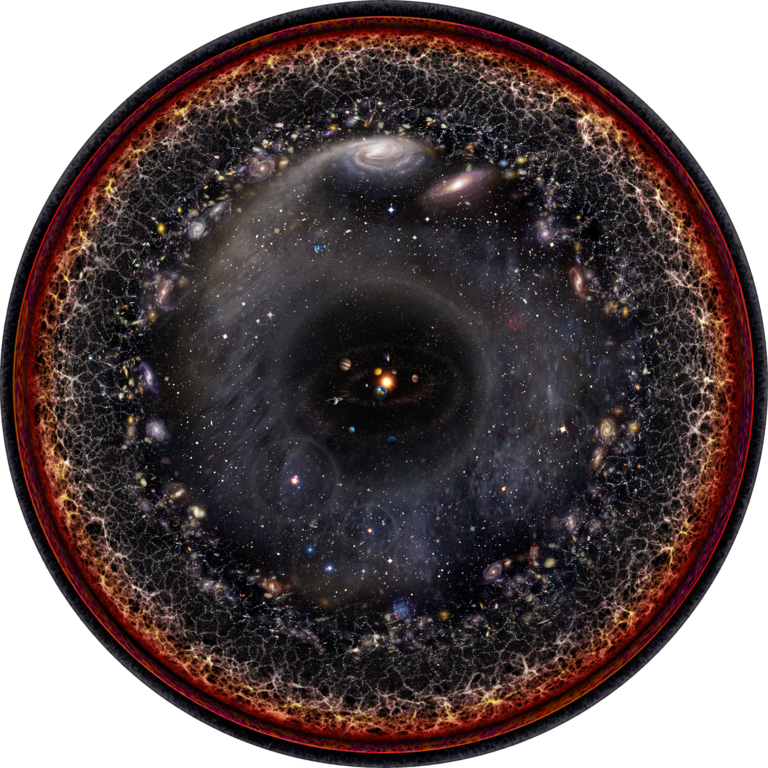
We’re not exactly sure what the universe was up to in the first few nano-moments into the big bang. With all the contents of the observable universe compressed into something like the size of an atomic nucleus, the physics gets a little wonky. That said, we have good reason to suspect that at such extreme temperatures and pressures the four fundamental forces of nature – strong nuclear, weak nuclear, electromagnetism, and gravity – were unified into a single force. What this force looked like, how it operated, and other small details are beyond known physics. But as the infant universe expanded and cooled, these forces split apart one by one, each one triggering a violent phase transition as the cosmos entered a new state.
2. Things Got Really Big, Really Fast
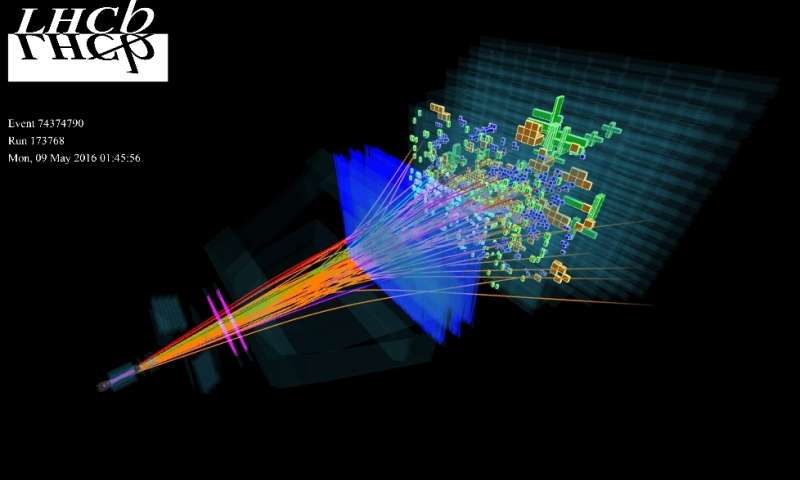
When our universe was somewhere around 10-36 seconds old, it got really big, really fast. In an event known as inflation, the expansion of the universe accelerated at an alarming rate, inflating (hence the name) in size by at least 60 orders of magnitude in less than 10-32 seconds. And no, I didn’t just pick random numbers to stick in the exponents of the preceding sentences. While we don’t have direct observations of this momentous life-altering event, we do have quite a bit of circumstantial evidence that something like this period occurred in the dim and distant past of our cosmos.
3. Matter Won Its First—And Only—Victory
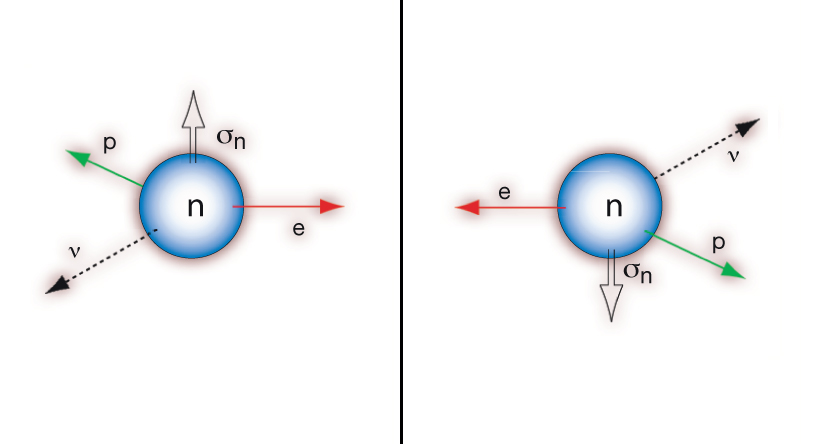
A diagram illustrating antimatter. (National Institute of Standards and Technology/emiT Team)
The mysteries continue as our universe ages. Matter (electrons, protons, the usual) isn’t the only character to inhabit the cosmos. Every kind of particle has a mirror, with the exact same set of properties (mass, spin, the usual) but opposite charge: antimatter. These days we can easily make batches of antimatter, but we’ve noticed something funny: nearly every chunk of normal matter ought to be perfectly paired with an antimatter twin. They’re symmetric. But when we look out at the vast cosmos we see a universe dominated by only our kind. What happened to all the antimatter that was sure to be abundant early on? You won’t be surprised if I tell you we don’t know, but this imbalance must’ve locked itself in when the universe was just a few minutes old.
4. It All Became Clear
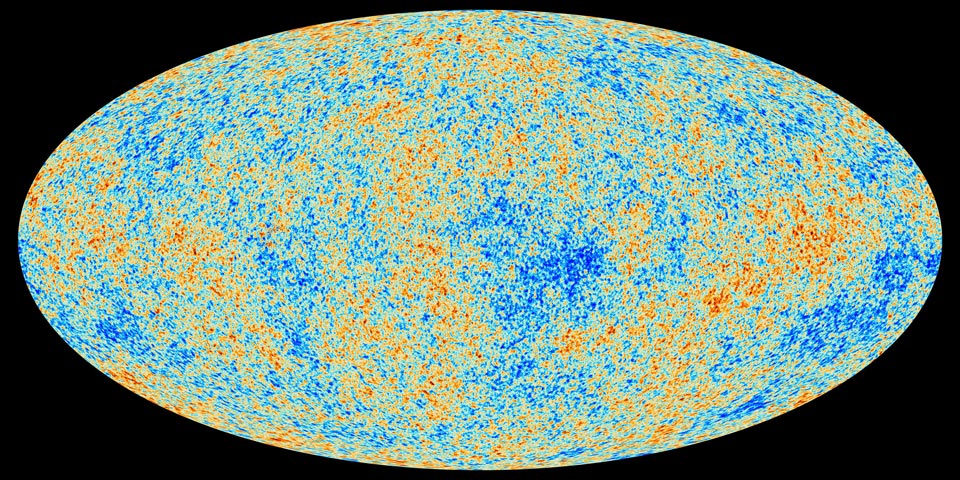
Nothing much happens in our cosmic story for another 270,000 years, but in that now relatively cold and gigantic cosmos, another remarkable phase transition occurs: the first atoms form. Protons, neutrons, and electrons had already been created in the young hot days, but they were prevented from joining together by the frenetic energies around them. By now the universe had cooled enough to allow the atoms to condense out of the fog, rendering the cosmos transparent to light. This light was once white-hot, but has cooled and stretched with the eons, and is now perfectly visible to us as a background of microwave radiation. A literal baby picture of the universe.
5. A Star is Born
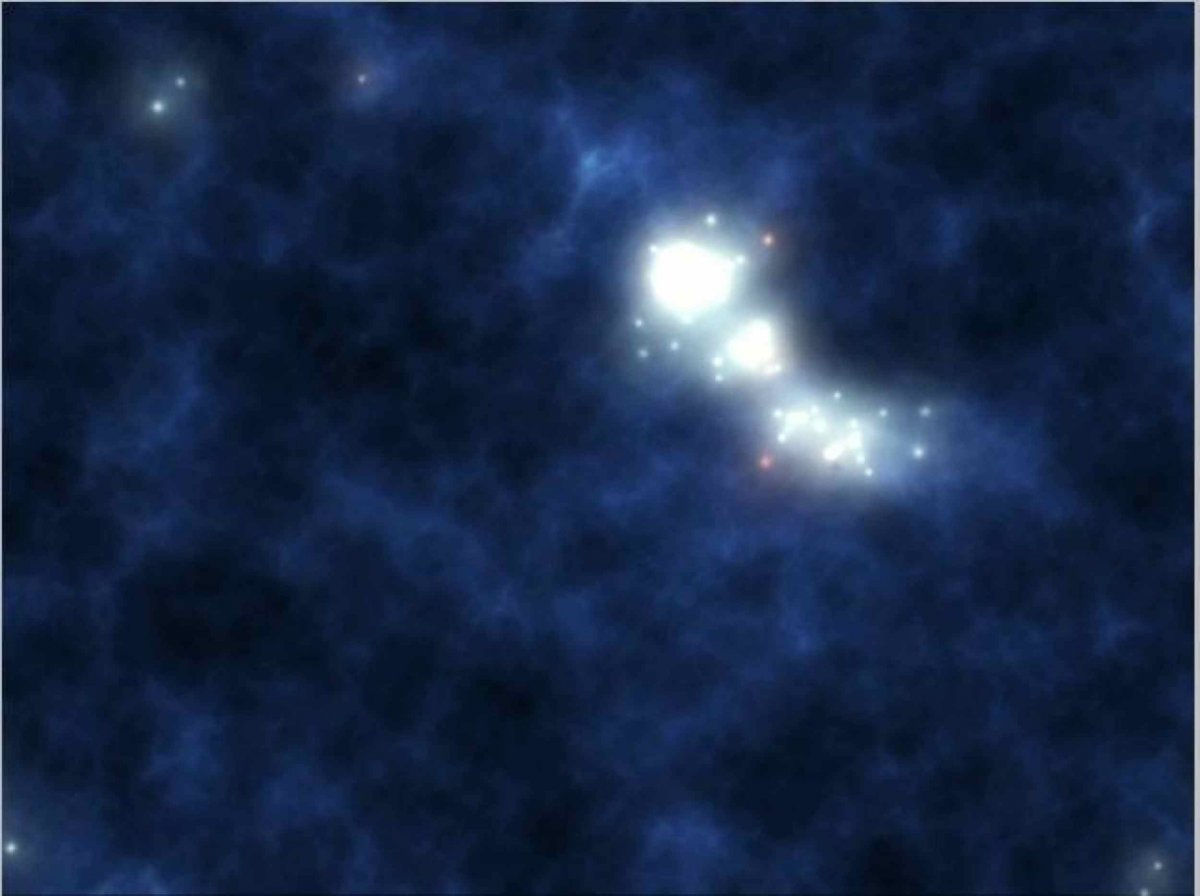
Those atoms, ever so slowly, congealed together to form … well, clumps of atoms. As those clumps grew bigger, they had a stronger gravitational influence on their surroundings, which encouraged even more atoms to join the party, accelerating their growth. Over the course of a hundred million years (you’ll notice that finally our timescales are becoming suitably astronomical) some of those clumps grew dense enough to ignite nuclear fusion in their cores. Voila: the first stars. Those stars would churn elemental hydrogen and helium into heavier elements, beginning the cycle of creating the ingredients necessary for life.
6. It All Become Cloudy
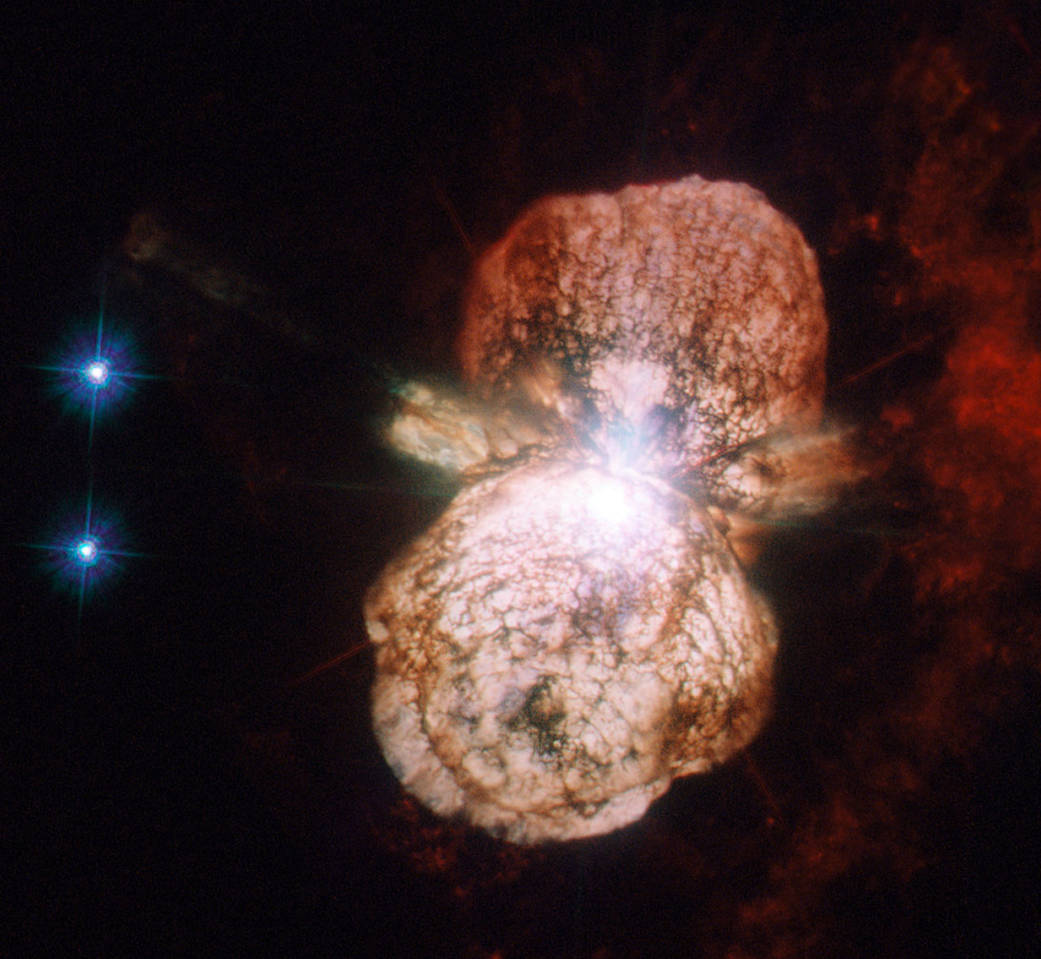
Somewhere around Year 500,000,000, those cute little first stars took a ferocious turn. Blazing with UV and X-ray light, destroying themselves in cataclysmic supernova explosions, and collapsing into insatiably hungry black holes, they flooded the universe with intense radiation. This radiation ripped through the remaining neutral hydrogen, tearing them apart and returning the gas to an ionized, plasma state. A state it retains even today. The last great phase transition experienced in our universe: the Cosmic Dawn of the first stars, followed by the Epoch of Reionization caused by their birth.
7. Dark Energy Began Its Reign
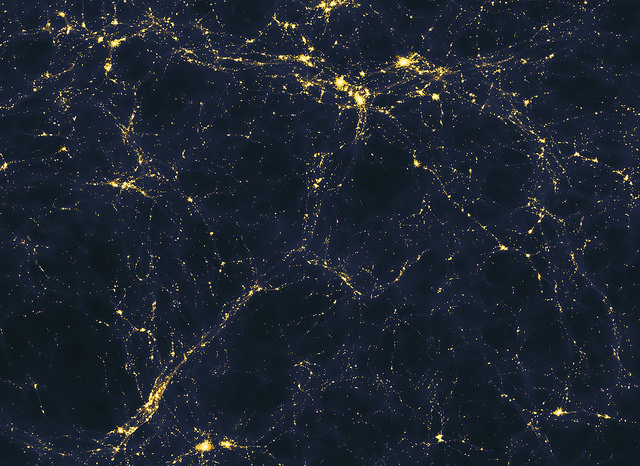
At last, the universe resembles something like what the universe ought to resemble: stars, galaxies, vast stretches of Midwest-highway boredom. It seemed as if the universe had put its violent past behind it, and settled into a respectable, if unremarkable, middle-class life. It managed to keep up that façade for about 9 billion years, but then a quiet but implacable darkness befell our complacent cosmos. The expansion of the universe, which had been steadily easing throughout its history, began to speed up. Accelerate. We don’t know what caused this, but this “dark energy” persists in our present-day universe. We’re, uh, still trying to figure it out.
8. Earth Became a Thing
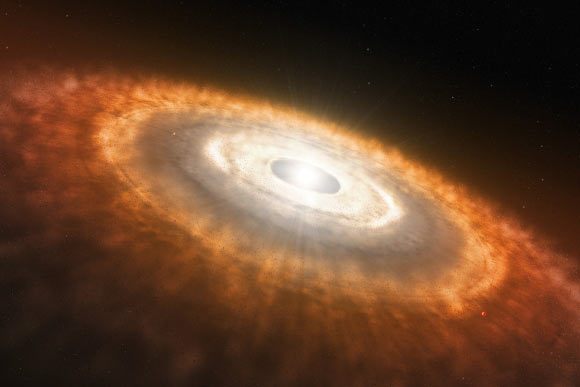
About 4.5 billion years ago, near the same time that Dark Energy reared its accelerating head, a totally unremarkable thing happened. One random gas cloud tucked in a minor spiral arm of one random galaxy began to collapse in on itself, repeating a dance initiated by its ancestors billions of years ago. This cloud condensed and became a disk, with the central core reaching the critical threshold to call itself a star. Planets coalesced out of the remaining debris. Some in the outer disk grew enormous, swelling themselves with copious reserves of hydrogen and helium. Others remained small and rocky, huddling close to the comforting warmth of their newborn star.
9. We Got a Moon and Some Water
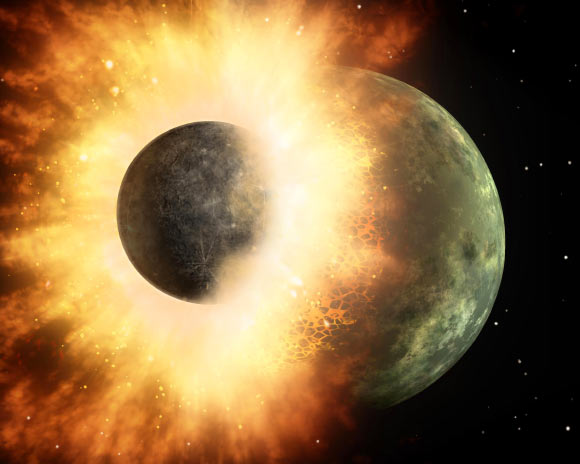
One of those young planets got totally wrecked by a Mars-sized body just as it was getting its act together. Just 4 billion years ago, this planetary collision sent a tremendous cloud of debris into orbit, which itself coalesced into a larger-than-average moon. The remains of the cosmic car accident settled as well, with a dense iron core sinking to the center, and liquid water percolating to the surface and a nitrogen-rich atmosphere clinging to that. At just the right distance from its parent star, and the new moon serving as a guardian against incoming hazardous comets and asteroids, pockets of carbon began assembling themselves into ever-more complex structures. Then they started eating each other, and suddenly this little planet became much more remarkable.
10. We Started Making Top 10 Lists About the Universe

The Thinker, by Auguste Rodin.
It took that self-assembling carbon quite a long time to be able to stare back at the heavens that birthed it. To see–and finally understand–the processes that generated it. It took–well, us–even longer to put the pieces together. Cosmology, the study of the entire universe as a single physical object, is one of the youngest fields of science. It was only a hundred years ago when Edwin Hubble discovered the expansion of the universe. The cosmic microwave background was only found–accidentally!– in 1965. It was in that same decade that we realized that the stars are responsible for the heavy elements. The theory of inflation was first proposed in the 1980s, and we’ve only recently begun to understand the history of our own Earth. We’ve certainly learned a lot in our pursuits, but there are many questions left hanging, which to me is perhaps the best part of all.
